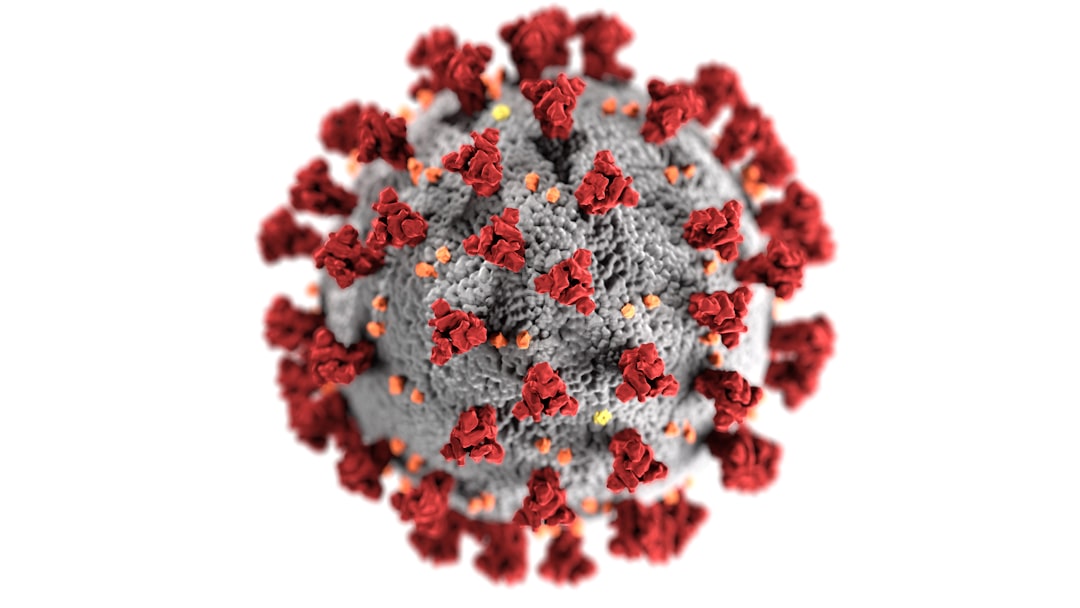What is it about?
Accumulating evidence suggests that dopamine plays a key role in sleep–wake regulation. Cerebral dopamine levels are regulated primarily by the dopamine transporter (DAT) in the striatum and by catechol-O-methyl-transferase (COMT) in the prefrontal cortex. We hypothesized that the variable-number-tandem-repeat (VNTR) polymorphism in the 3′-untranslated region of the gene encoding DAT (DAT1, SLC6A3; rs28363170) and the Val158Met polymorphism of COMT (rs4680) differently affect actigraphy-derived rest-activity cycles and sleep estimates in healthy adults (65 men; 45 women; age range: 19–35 years). Daytime sleepiness, continuous rest-actigraphy and sleep diary data during roughly 4-weeks were analyzed. Nine-repeat (9R) allele carriers of DAT1 (n = 48) more often reported elevated sleepiness (Epworth sleepiness score ≥10) than 10-repeat (10R) allele homozygotes (n = 62, p < 0.02). Moreover, male 9R allele carriers showed higher wrist activity, whereas this difference was not present in women (“DAT1 genotype” × “gender” interaction: p < 0.005). Rest-activity patterns did not differ among COMT genotypes. Nevertheless, a significant “COMT genotype” × “type of day” (workdays vs. rest days) interaction for sleep duration was observed (p = 0.04). The Val/Val (n = 36) and Met/Met (n = 24) homozygotes habitually prolonged sleep on rest days compared to workdays by more than 30 min, while Val/Met heterozygotes (n = 50) did not significantly extend their sleep (mean difference: 7 min). Moreover, whereas the proportion of women among the genotype groups did not differ, COMT genotype affected body-mass-index (BMI), such that Val/Met individuals had lower BMI than the homozygous genotypes (p < 0.04). While awaiting independent replication and confirmation, our data support an association of genetically-determined differences in cerebral dopaminergic neurotransmission with daytime sleepiness and individual rest-activity profiles, as well as other sleep-associated health characteristics such as the regulation of BMI. The differential associations of DAT1 and COMT polymorphisms may reflect the distinct local expression of the encoded proteins in the brain.
Featured Image
Read the Original
This page is a summary of: Genetic polymorphisms ofDAT1andCOMTdifferentially associate with actigraphy-derived sleep–wake cycles in young adults, Chronobiology International, March 2014, Taylor & Francis,
DOI: 10.3109/07420528.2014.896376.
You can read the full text:
Contributors
The following have contributed to this page










